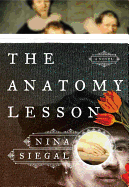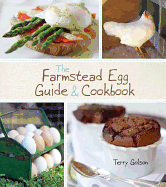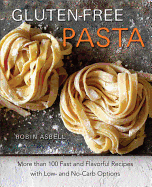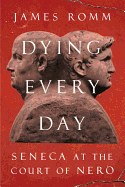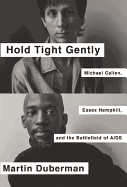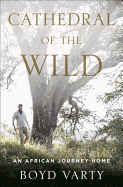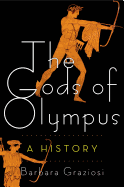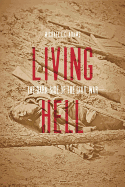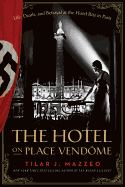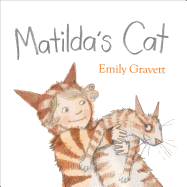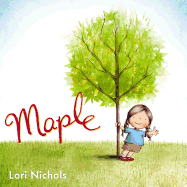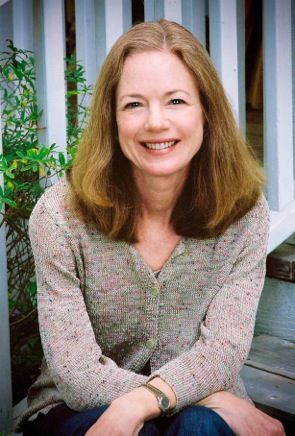 |
| photo: Christie Jenkins |
Carol Cassella's third novel, Gemini, follows Oxygen and Healer. Her protagonists, strong women all, face medical and ethical dilemmas, portrayed by an author well qualified to explore these conflicts: Casella is a practicing anesthesiologist in Seattle. She and her husband live on Bainbridge Island, near Seattle, and are the parents of two sets of twins, currently high school seniors and college freshmen. She is also a founding member of the Seattle 7, a nonprofit collective of more than 60 Pacific Northwest writers who "foster and support a passion for the written word" through fundraising, workshops and appearances.
It's irresistible to ask: How do you do it all?
People think of all three as being full-time jobs, but these are all part-time! I don't know a single mother who doesn't feel she's wearing 10 hats. When the kids were little, I worked part-time, and when they went to school a window of free time opened. I heard a life-long voice that told me I needed and wanted to write and to take my writing more seriously. I think it was good for the kids to see me work, especially in what's traditionally a man's field. Motherhood drives everything else you do, and what it gives back is incredible. This plays a role in the books.
So--how do you do it all?
Each book takes about three years to complete. And cleaning doesn't get done. Perhaps when all of the kids are in college, I can actually write a novel set in a locale that I'll have to visit!
Is it hard to keep up with the medical profession?
Anesthesiology allows me to schedule my time in the hospital. About 40% of my time there is in the OR, which allows me to keep my procedural and machine/human interfacing skills sharp. Like flying a plane, it's necessary to do it regularly.
Do your patients ever realize that you are an author?
I never changed my medical license from my name, "Wiley." (The title page of Gemini reads "Carol Wiley Cassella") so my life feels like it is in two compartments. I want the focus of my patients to be that I am there to care for them.
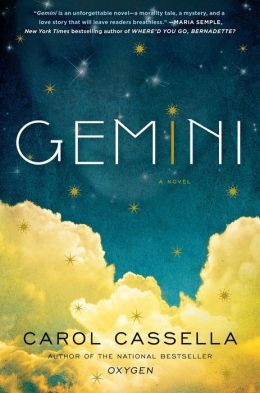 Do you think writing enhances your ability to empathize with your patients?
Do you think writing enhances your ability to empathize with your patients?
The skills do overlap. I usually have five minutes to connect with a patient, and it's most critical to help them relax. Hostility in a patient's eye is actually fear, lurking below the surface, and I have to search for unspoken clues, as I would follow a character as a writer. I carry both a patient and a reader on a journey, and ask them both to trust me to do that.
In Gemini, all the characters' lives intersect. How did you decide to construct your novel this way?
I wrote the first draft as two separate storylines and then, in the second draft, I wove them together. I love to reveal mystery through medical situations! Science is fascinating to me and limitless when it comes to story ideas.
All of your books go beyond a good story and instruct, or prompt readers to consider issues.
Twenty-eight dollars should give you something to think about! I want readers to move on from my book with residual questions, and if the author hasn't influenced readers, then she's failed them. Books should be more than a roller-coaster ride, forgotten in five minutes; reading should be a participatory experience--readers should be pulled in and challenged to look at their own lives.
"Jane Doe" in Gemini is a patient whose ICU life-support intervention is probably uninsured, and her doctor worries this might influence her care. The law requires the hospital to take care of her because her life is threatened, but the hospital would have to absorb that cost. Are you making a statement?
Yes. The United States has a broken medical system. We are the only Western democracy that doesn't see health care as a right. It's not "bad" people in the system--not the doctors, the insurance companies or the administrators--but the system has grown this way and we've become blind to how it evolved. Some 60% of bankruptcies in this country are due to medical bills. I try to paint a picture as it would really happen, and let the reader look at it and come to a conclusion.
 |
|
Cassella's children Will and Sara (the older twins, on the left), and Julia and Elise (the identicals, on the right), with Bella the dog. photo: Quinn Gunderson
|
You do even more than we've covered so far, volunteering your medical and writing talents, including traveling to Bhutan in January.
It's hard to think of the annual trips as a charity. Our team of doctors goes go to Bhutan and low-resource countries as part of the Global Burn Care organization, funded by donors, and we treat patients with debilitating scars and train local doctors in this specialized care. For two weeks we practice medicine at its purest, helping people who come by buses, horses, any way they can, in response to government ads and notices.
You're also an editor?
I edit the literary section of Anesthesiology, the journal of the American Society of Anesthesiologists. Members of the profession contribute pieces, including poetry and essays.
You're frequently spotted in the Pacific Northwest with a group of other authors.
Well, being in the Seattle 7 is a blast! We all support each other. We meet regularly for "Wine and Whine." And in our interaction with readers, it's through indie bookstores that the connection is made personal. Thus, it's the relationship we are selling--the author, the reader, and the bookstore. Indies are where we meet readers face to face, answer questions, sign physical books. That won't go away--people value it too much. I want bookstores to know how much we appreciate them! --Cheryl Krocker McKeon, bookseller, Book Passage, San Francisco, Calif.
Carol Cassella: How She Does It
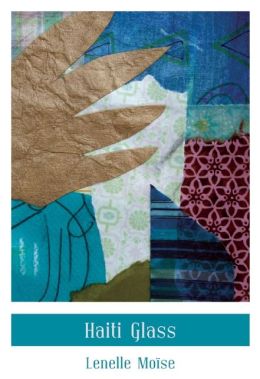




 Do you think writing enhances your ability to empathize with your patients?
Do you think writing enhances your ability to empathize with your patients? 
